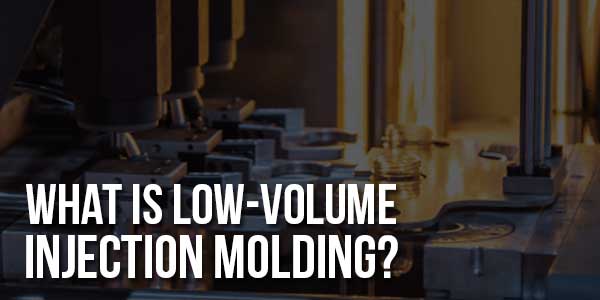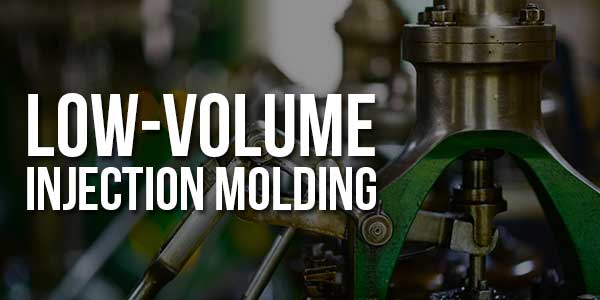
Injection molding is a technique manufacturers use when producing identical parts with consistent features and quality in large numbers. They use a pressurized nozzle to shoot molten plastic to the metal mold, where it cools during the production process. The injection molding process is used to make bottle caps, combs, car parts, gears, and so much more. Currently, there are new techniques of injection molding which reduce lead times and costs, accelerate the process of product development and lead to the production of high-quality products. Let’s explore more on one of these techniques, called low-volume injection molding.
Table of Contents
Benefits Of Low-Volume Injection Molding:
Low-volume injection molding offers the manufacturer many benefits even though the maximum number of parts produced at once is around 100,000. For instance, the production costs reduce since the low-volume injection molding avoids using steel molds and uses aluminium ones which are easy to make. Using the soft molds strategically will minimize the tooling costs and make the production time shorter. Hardened steel tends to demand a high investment of money and time, unlike aluminium.
Low-volume injection molding has short lead times since they can produce parts for low orders and still profit. Storage area for excess inventory may lead to increased costs. However, using a low-volume injection molding technique, your team only produces the number of parts needed at that particular time. So, if you are looking for a time-efficient technique to produce high-quality products, and have design flexibility, consider reaching out to a professional company in that field.
Another major benefit is that softer molds produce parts with no detrimental effect. This means that the plastic pieces produced are of high quality if you apply the proper design considerations.

Step-By-Step Workflow:
Low-volume injection molding workflow includes the following steps:
1.) Mold Design:
The first process is to design your mold using CAD software. Then upload the design to the design preparation software.
2.) Mold A 3D Printing:
To begin your print, select a 3D printing material. You may consider a layer that has high strength, thermal resistance, and stiffness. If possible, print the mold flat without any supports to minimize warpage. After cleaning and post-curing, the next step will be integrating the printed mold into the injection molding procedure.
3.) Mold Assemble:
Before the assembly process, ensure your mold meets the dimensions required using CNC machining or hand-sanding. Carefully put the mold in a metal frame, add side-action parts, inserts, ejector pins, and other components. And finally, install the mold in the injection molding equipment.
4.) Mold Clamping:
Put the plastic pellets, set the required settings, and then start the production. If metal frames do not protect the mold, apply a low clamping force.
5.) Injection:
You might take a few shots to identify the ideal process settings because many factors are at play. These include the choice of plastic, part geometry, injection pressures and temperatures, and some other parameters. Ensure you minimize the temperature and pressure as much as possible.
6.) Cooling:
A polymer mold takes longer to cool compared to a metal mold. You can accelerate the cooling process by applying compressed air or utilizing interchangeable stacks.
7.) Demolding:
You can demold the part manually or automatically using ejector pins. You will apply a release agent that has a high viscosity.
Applications Of Low-Volume Injection Molding Applications:
There are three primary applications of low-volume injection molding, which include the following:
- Rapid prototyping
- Custom or on-demand injection molding
- Short-run injection molding
Conclusion:
Injection molding is a very useful manufacturing technique that helps to create a huge number of parts. In the past, production companies used to produce parts in very large quantities to minimize the cost of production. However, advancements in technology enable the teams to produce parts in small quantities and at affordable prices.
The low-volume injection molding enables the manufacturer to use aluminium metal which is a bit affordable. Also, in the above context are the benefits of using low-volume injection moldings, such as short lead times and high-quality parts. It is also important to understand the workflow of low-volume injection molding outlined above. The workflow comprises seven steps: mold design, mold 3D printing, mold assemble, mold clamping, injection, cooling, and demolding.

 About the Author:
About the Author:












Injection molding is an incredibly useful manufacturing method often leveraged to create large numbers of identical parts.
Welcome here and thanks for reading our article and sharing your view. This will be very helpful to us to let us motivate to provide you with more awesome and valuable content from a different mind. Thanks again.